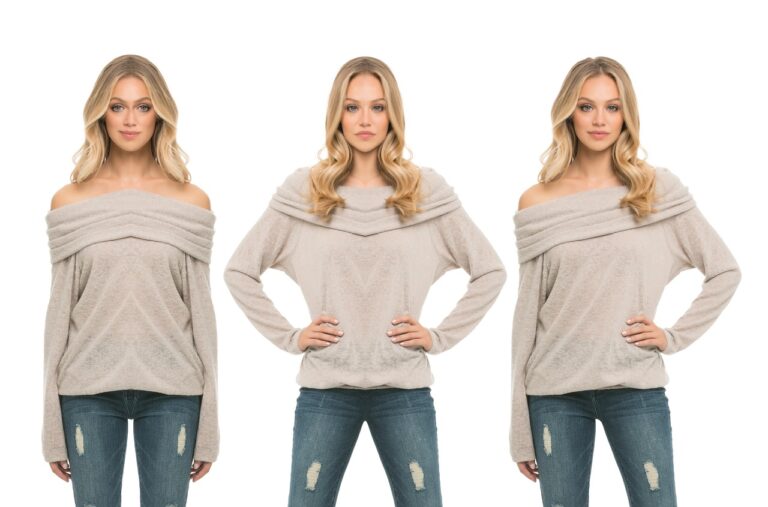Fashion and Science: Exploring Material Innovations
From sustainable fabrics like organic cotton and bamboo to cutting-edge materials such as vegan leather and recycled polyester, the fashion industry is experiencing a wave of innovation in materials. Designers are increasingly prioritizing eco-friendly and cruelty-free options in response to growing consumer demand for ethically produced fashion. By exploring new avenues in material sourcing and production techniques, brands are able to offer stylish pieces that are not only trendy but also environmentally conscious.
In addition to eco-friendly materials, the use of high-performance fabrics is also gaining popularity in the fashion world. Fabrics infused with technologies such as moisture-wicking, temperature regulation, and UV protection are being incorporated into everyday clothing items to enhance functionality and comfort for the wearer. This convergence of style and performance is redefining traditional notions of fashion, pushing boundaries and opening up new possibilities for designers to create innovative and versatile clothing pieces.
Natural Fibers vs. Synthetic Fibers
Natural fibers, such as cotton and wool, are derived from natural sources like plants and animals. These fibers are breathable, comfortable to wear, and biodegradable, making them a popular choice for environmentally-conscious consumers. On the other hand, synthetic fibers, like polyester and nylon, are man-made and often derived from petrochemicals. These fibers are durable, wrinkle-resistant, and quick-drying, making them a common choice for activewear and outdoor clothing.
While natural fibers have the advantage of being biodegradable and sustainable, they are often more prone to shrinking and wrinkling compared to synthetic fibers. Synthetic fibers, on the other hand, are more resistant to wrinkles and shrinking, making them easier to care for and durable in the long run. However, the production of synthetic fibers can have a larger environmental impact due to the use of chemicals and energy-intensive processes.
Advancements in Textile Technology
Textile technology has seen remarkable advancements over the years, revolutionizing the way fabrics are designed and manufactured. One of the key innovations in this field is the development of “smart textiles” which integrate technology to enhance the functionality of fabrics. These textiles can incorporate features like temperature regulation, moisture-wicking properties, and even built-in sensors for monitoring various health metrics.
Furthermore, 3D printing has emerged as a game-changer in textile production, allowing for greater design flexibility and customization. This technology enables designers to create intricate and complex patterns that were previously unattainable with traditional weaving methods. Additionally, 3D printing reduces material waste, making it a more sustainable option for producing garments.
Smart textiles integrate technology for enhanced functionality
Features include temperature regulation, moisture-wicking properties, and built-in sensors
3D printing allows for greater design flexibility and customization in textile production
Enables creation of intricate patterns previously unattainable with traditional methods
Reduces material waste, making it a more sustainable option for garment production
What are some examples of material innovations in the fashion industry?
Some examples of material innovations in the fashion industry include sustainable fabrics like Tencel, recycled polyester, and plant-based alternatives such as bamboo and hemp.
What are the differences between natural fibers and synthetic fibers?
Natural fibers are derived from plants or animals, such as cotton, wool, and silk, while synthetic fibers are man-made materials like polyester, nylon, and acrylic.
How have advancements in textile technology impacted the fashion industry?
Advancements in textile technology have led to the development of new fabrics that are more sustainable, durable, and versatile, allowing for more creativity and innovation in fashion design.







